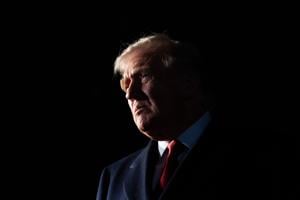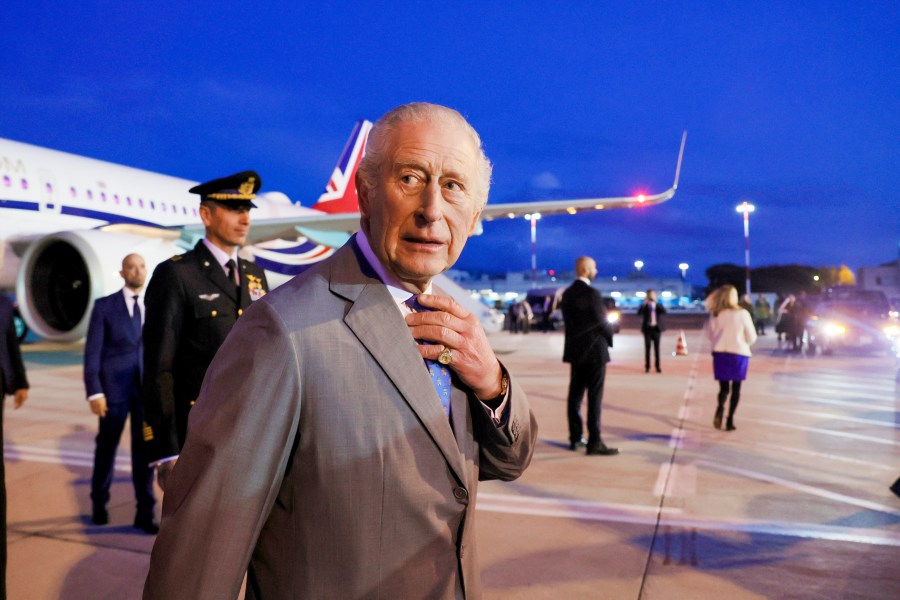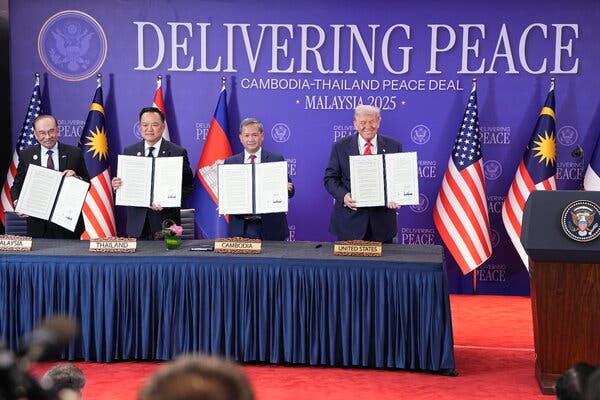U.S.-China trade tensions are showing signs of easing ahead of a significant meeting between President Donald Trump and Chinese leader Xi Jinping. Both sides indicated that a deal is approaching, potentially providing relief to international markets. This anticipated agreement may not resolve fundamental issues such as manufacturing imbalances and access to advanced computer chips but represents a step toward reducing friction between the world’s two largest economies.
During a press briefing, China’s chief trade negotiator, Li Chenggang, announced that the two nations have achieved a “preliminary consensus.” In a similar vein, U.S. Treasury Secretary Scott Bessent described the ongoing discussions as a “very successful framework.” President Trump expressed optimism, stating that both countries “want to make a deal.” The meeting is scheduled for March 15, 2024, in Seoul, where Trump will conclude his Asian tour.
The backdrop of these negotiations includes recent tensions over China’s export restrictions on rare earth elements, crucial for many advanced technologies. In response, Trump has threatened further tariffs on Chinese imports, escalating concerns about a broader economic conflict that could hamper global growth.
Progress at ASEAN Summit
The progress towards a potential agreement coincided with the annual summit of the Association of Southeast Asian Nations (ASEAN) in Kuala Lumpur. Trump, who seeks to enhance his image as an international dealmaker, signed economic frameworks with Cambodia, Thailand, and Malaysia. These initiatives aim to bolster trade involving critical minerals, reflecting the U.S. strategy to reduce dependency on China.
U.S. Trade Representative Jamieson Greer emphasized the importance of collaboration for maintaining secure supply chains. He stated, “It’s very important that we cooperate as willing partners with each other to ensure that we can have smooth supply chains for the quality of life and security.”
The summit presented an opportunity for Trump to reconnect with ASEAN nations, which collectively boast an economy valued at $3.8 trillion and a population of 680 million. Trump reassured leaders of his commitment, saying, “The United States is with you 100%, and we intend to be a strong partner and friend for many generations to come.”
Regional Developments and International Relations
In a related development, Trump attended a ceremony marking an expanded ceasefire agreement between Thailand and Cambodia. His administration’s economic pressures were credited with facilitating this peace process, which aims to resolve border skirmishes that had resulted in casualties and displacement earlier in the year. Cambodian Prime Minister Hun Manet hailed the agreement as a “historic day,” while Thai Prime Minister Anutin Charnvirakul described it as foundational for lasting peace.
Trump’s tariff strategies have not only influenced Sino-American relations but also affected his bilateral interactions. During the summit, he met with Brazilian President Luiz Inácio Lula da Silva, discussing potential tariff reductions on Brazilian products in light of recent tensions stemming from Lula’s prosecution of former president Jair Bolsonaro.
While Trump engaged with Lula, he avoided an encounter with Canadian Prime Minister Mark Carney, stemming from frustrations over a Canadian advertisement criticizing his trade policies. Tensions with India were also notable, as Prime Minister Narendra Modi was absent from the summit, reflecting a cooling of relations following Trump’s recent comments on India-Pakistan disputes and increased tariffs on Indian imports.
As the world watches these developments, the outcomes of the upcoming Trump-Xi meeting could significantly influence global economic dynamics, potentially easing trade tensions and fostering a new phase of cooperation between the U.S. and China.






